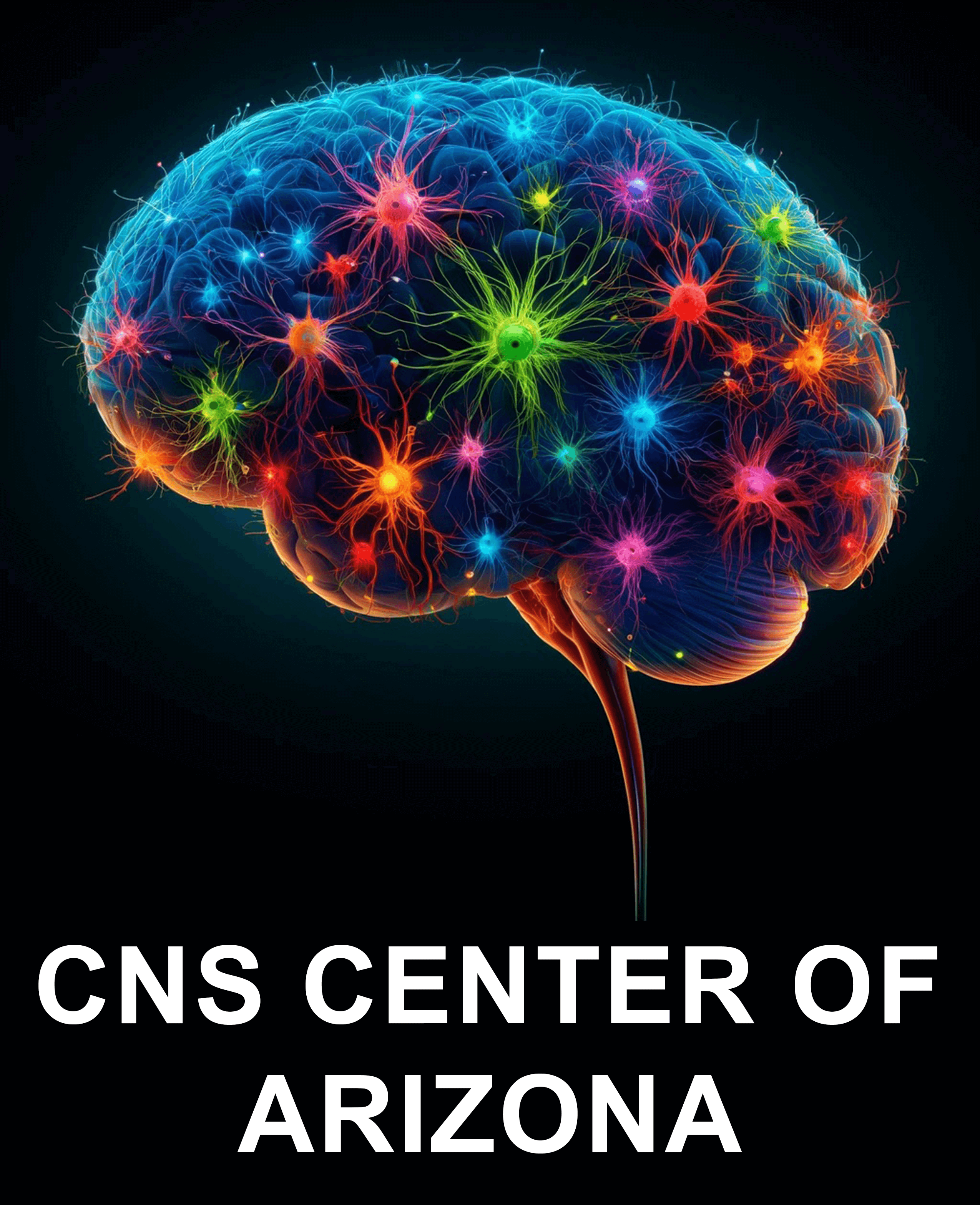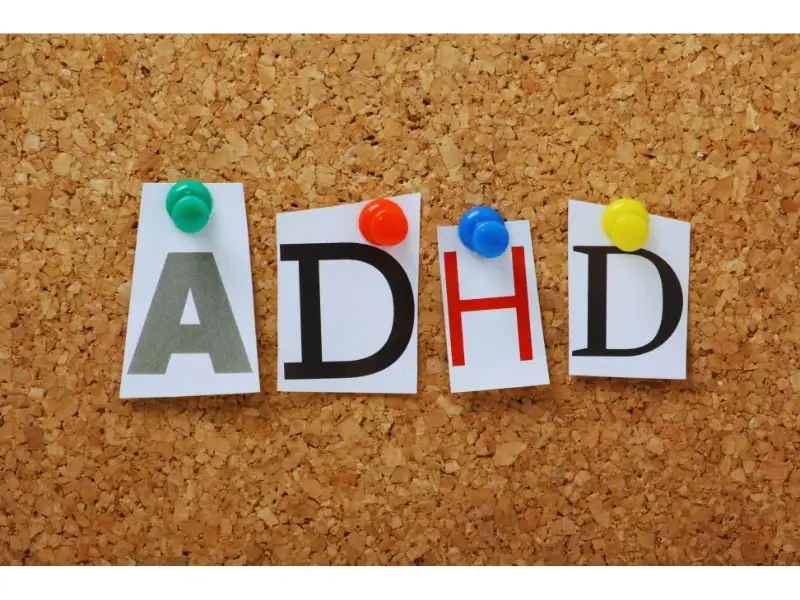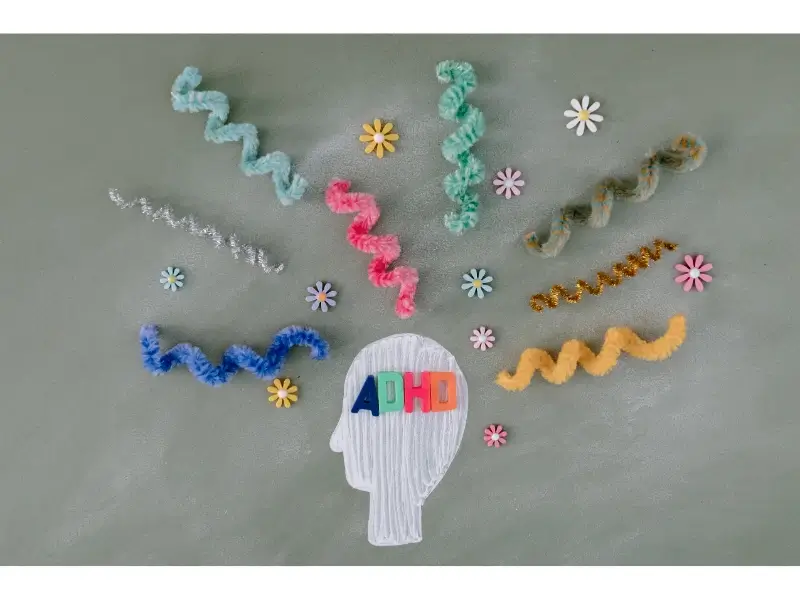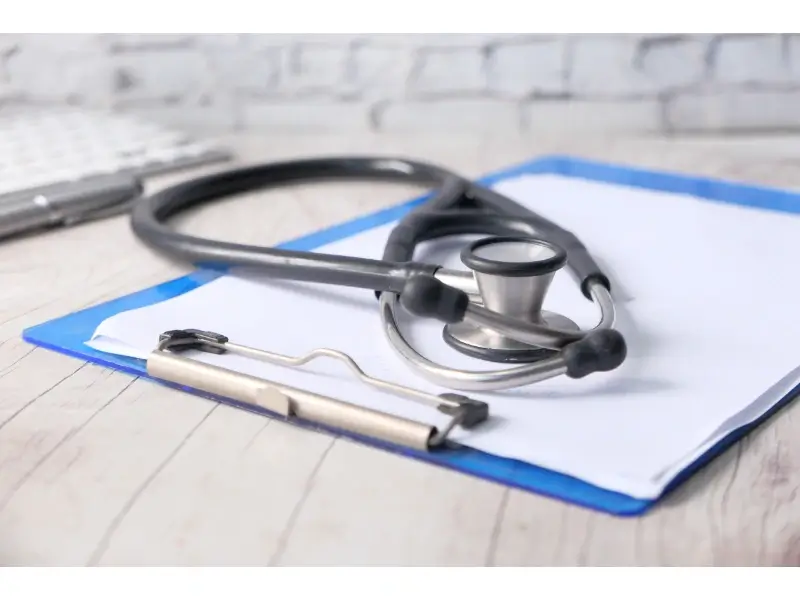ADHD (Attention-Deficit/Hyperactivity Disorder) is a common condition that affects millions of children and teenagers worldwide.
Around 5-10% of children are diagnosed with ADHD, making it one of the most prevalent neurodevelopmental disorders.
It impacts how children focus, organize tasks, and manage their impulses.
These challenges can lead to difficulties in school, with peers, and at home. Identifying ADHD early allows parents and teachers to provide the right support, reducing the risk of academic struggles and behavioral issues down the line.
With appropriate treatment and support, those with ADHD can improve focus, behavior, and emotional regulation.
Understanding ADHD in Kids and Teens
Defining ADHD: Beyond the Basic Symptoms
ADHD is a neurodevelopmental disorder affecting attention, impulse control, and activity levels.
Symptoms vary between individuals and change with age.
For children, ADHD can show up as difficulty staying focused, being overly active, and struggling to follow tasks.
In teens, these symptoms may evolve into issues with organization, forgetfulness, and trouble with responsibilities.
Although ADHD is often associated with hyperactivity, it also involves problems with attention regulation and executive functioning, such as staying focused, following instructions, and completing tasks.
ADHD can affect various areas of life, including school, relationships, and emotional well-being.
ADHD vs. Normal Childhood Behavior
It’s important to recognize when behaviors go beyond what is typical for a child’s age and development.
While many children can be impulsive or hyperactive from time to time, those with ADHD show these behaviors consistently across different environments—at home, school, and with peers.
ADHD symptoms, such as difficulty focusing, being easily distracted, and impulsiveness, aren’t just occasional moments of inattention.
They interfere with a child’s ability to follow instructions, complete tasks, and meet everyday expectations.
These persistent behaviors can significantly affect daily life, including academic performance and social interactions.
Research from CHADD and The Lancet Psychiatry highlights that untreated ADHD can lead to long-term difficulties, making early recognition highly important.
Early Signs of ADHD in Different Age Groups
Signs in Preschool-Aged Children
In preschool-aged children, identifying ADHD symptoms can be challenging since many of the behaviors overlap with typical developmental stages.
However, signs that might point to ADHD include difficulty focusing on activities like playing with toys or listening to stories.
These children may also interrupt conversations frequently or struggle to stay seated.
Hyperactivity, a hallmark of ADHD, can cause problems during group activities or when waiting for their turn in games.
According to studies, these behaviors may be more frequent and intense than what is seen in most other children of the same age, making it important for parents and caregivers to monitor such signs.
Indicators in Elementary School Children
As children move into elementary school, ADHD symptoms often become more visible, as school environments require more structure and focus.
Children with ADHD may have difficulty staying on task, often forgetting assignments or misplacing school supplies.
These children might struggle to follow instructions, have trouble with organization, and find it challenging to complete homework.
The American Academy of Pediatrics (AAP) highlights that children with ADHD often experience difficulties with attention regulation, which can lead to problems staying focused during lessons and school activities.
Other common signs include excessive talking, fidgeting, and difficulty sitting still, especially during classroom activities.
These behaviors can interfere with learning and social interactions, making early identification important for effective intervention
Symptoms in Teenagers
As children grow into teenagers, ADHD symptoms often shift.
Hyperactivity tends to decrease, but problems with attention, organization, and time management become more noticeable.
Teenagers with ADHD may struggle to keep track of their responsibilities, such as managing schoolwork, chores, or appointments, and often miss deadlines.
Issues with executive function become more pronounced in adolescents, impacting their ability to plan, organize, and execute tasks.
Impulsivity remains a key symptom, leading to decisions made without considering the consequences.
Social difficulties, such as challenges in maintaining friendships and coping with peer pressure, are also common, as these teens may have trouble interpreting social cues and regulating their emotions .
Diagnosis and Assessment of ADHD
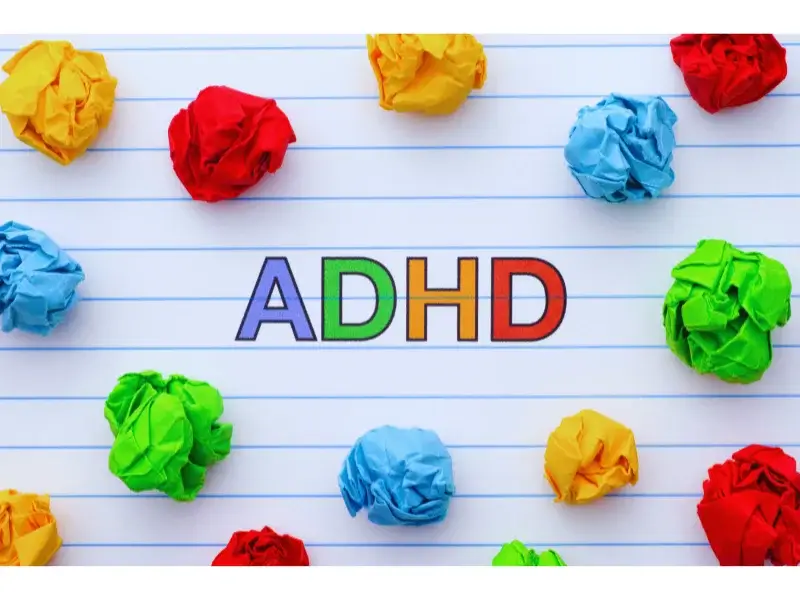
Professional Evaluations: What to Expect
Diagnosing ADHD typically involves a comprehensive evaluation by a mental health professional, such as a psychologist or psychiatrist.
This evaluation may include interviews with the child, parents, and teachers, as well as observations of behavior in different settings.
The professional may also use standardized rating scales to assess ADHD symptoms and rule out other conditions that may mimic ADHD, such as anxiety or learning disabilities.
Tools and Tests Used in ADHD Diagnosis
Several tools and tests are used to assess ADHD symptoms.
These can include behavior checklists, where teachers and parents rate the child’s behavior over a period of time.
The Child Behavior Checklist (CBCL) and the Vanderbilt Assessment Scales are commonly used tools.
Neuropsychological tests and computer-based assessments may also be employed to measure attention and cognitive function.
Treatment Options for ADHD
Medication as a Treatment Route
Medication is one of the most common treatments for ADHD, particularly stimulant medications such as methylphenidate (Ritalin) and amphetamines (Adderall).
These medications help regulate the brain’s dopamine and norepinephrine levels, improving focus, impulse control, and behavior.
Non-stimulant medications, like atomoxetine (Strattera), are also available and may be used if stimulants are not effective or cause side effects.
Behavioral Therapy and Its Importance
Behavioral therapy is an essential component of ADHD treatment.
It involves teaching children and teens strategies to improve focus, manage impulsivity, and regulate behavior.
Cognitive Behavioral Therapy (CBT) is particularly useful for teens, helping them develop coping strategies to address negative thinking patterns and learn organizational skills.
Therapy can also support parents by teaching them how to create structured environments and provide consistent discipline.
Lifestyle Adjustments and Parental Guidance
Making lifestyle adjustments can significantly help children and teens manage ADHD.
Establishing routines, creating organizational systems, and using reminders can help them stay on track.
Parents play a crucial role by setting clear expectations and offering positive reinforcement.
Encouraging physical activity and proper nutrition can also aid in managing symptoms, as regular exercise has been shown to improve focus and mood in children with ADHD.
Supporting Kids and Teens with ADHD at Home and School

Strategies for Parents and Caregivers
Parents and caregivers can implement several strategies to support a child with ADHD.
Consistent routines and clear expectations are crucial. Breaking tasks into smaller, more manageable steps can help reduce overwhelm.
Positive reinforcement for completing tasks, along with clear consequences for negative behaviors, can improve compliance.
Parents should also work closely with teachers and other school staff to create an individualized education plan (IEP) if necessary.
Accommodations and Support in Educational Settings
In school, children with ADHD may benefit from accommodations such as extended test time, preferential seating, and additional support in organizing tasks.
Schools are required to provide these accommodations under Section 504 of the Rehabilitation Act if the ADHD symptoms significantly impair the child’s ability to learn.
Teachers may also use techniques like visual aids, frequent breaks, and hands-on activities to engage students with ADHD.
Give Your Child the Tools They Need at CNS Center AZ
Recognizing ADHD early is essential for helping children and teens manage the challenges it brings.
With the right diagnosis, medication, therapy, and adjustments to routines, ADHD symptoms become much easier to handle.
This support can help your child excel in school, interact better with others, and feel more in control of their daily life.
Parents, teachers, and caregivers play a key role in creating structured environments that encourage success.
If you think your child may have ADHD, getting a professional evaluation is the first step to finding the right help.
CNS Center AZ is ready to assist you through the ADHD diagnosis and treatment process to offer personalized care that focuses on your child’s needs.
Let’s work together to make sure they get the tools they need to succeed.
Reach out today to schedule a consultation and start providing the support that will help your child thrive.
